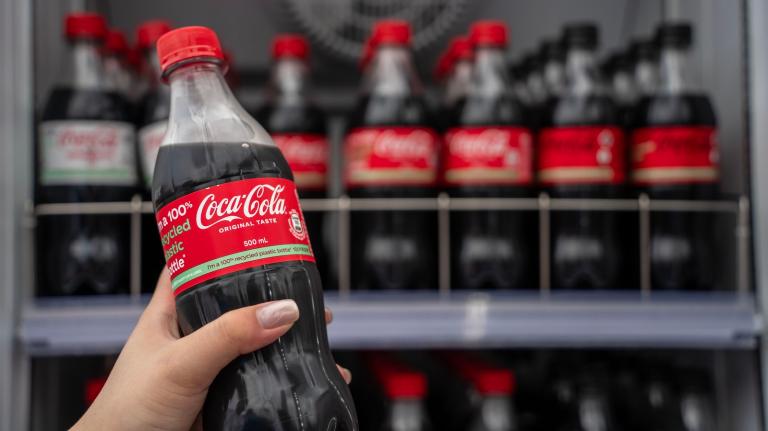A new study entitled “Sipping Fuel and Saving Lives: Increasing Fuel Economy without Sacrificing Safety” notes:
The public, automakers, and policymakers have long worried about trade-offs between increased fuel economy in motor vehicles and reduced safety. The conclusion of a broad group of experts on safety and fuel economy in the auto sector is that no trade-off is required. There are a wide variety of technologies and approaches available to advance vehicle fuel economy that have no effect on vehicle safety [and vice versa].
 The study by the International Council on Clean Transportation concludes that “Technologies exist today that can improve light-duty vehicle fuel economy by up to 50 percent … with no impact on safety.”
The study by the International Council on Clean Transportation concludes that “Technologies exist today that can improve light-duty vehicle fuel economy by up to 50 percent … with no impact on safety.”
The study has two noteworthy figures. The first shows that higher-fuel-economy vehicles [green] are some of the safest while low-fuel-economy vehicles [red] are some of the least safe vehicles driven today — large, heavy trucks and SUVs. Click to enlarge.
 The second figure lists technologies available today that can improve fuel economy with no impact on safety and lists technologies that can improve vehicle safety with little or no effect on fuel economy. Click to enlarge.
The second figure lists technologies available today that can improve fuel economy with no impact on safety and lists technologies that can improve vehicle safety with little or no effect on fuel economy. Click to enlarge.
The study is conservative in the sense that it doesn’t even consider plug-in hybrids, which can significantly increase fuel economy with no impact on safety at all. It is well worth a read.
This post was created for ClimateProgress.org, a project of the Center for American Progress Action Fund.

